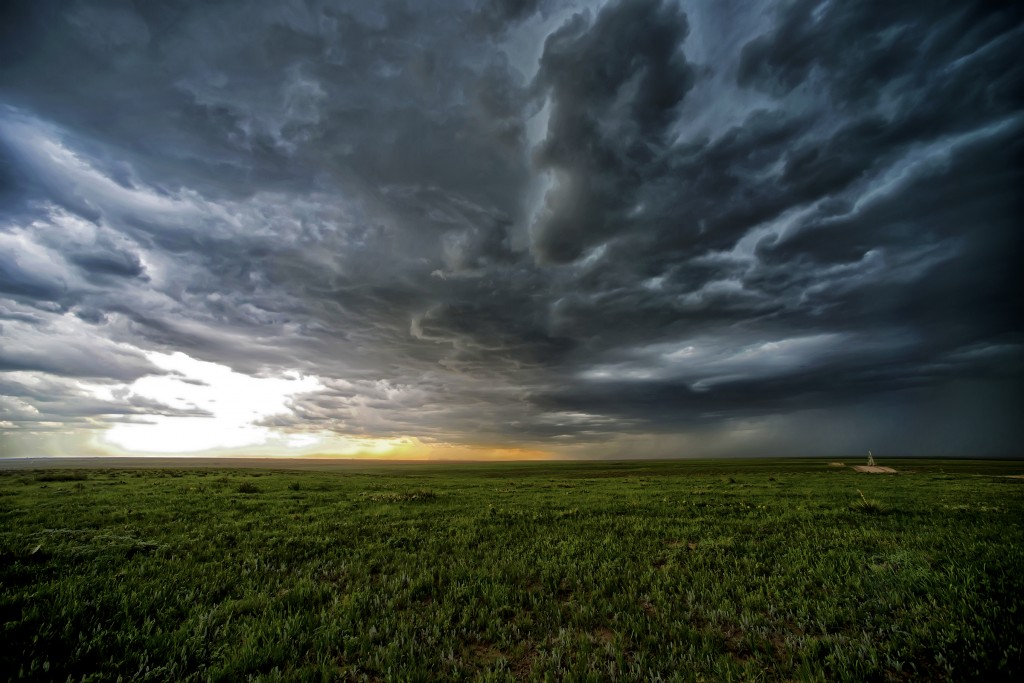
Remember the hackneyed adage, to fail to plan is to plan to fail? We won’t bore you with the rationale behind that saying, but simply say that we agree. Fermata has developed sustainablity plans, parks and recreation plans, refuge and sanctuary feasibility studies, tourism plans, corridor management plans, ecotourism plans, heritage area plans, interpretive plans, and more. Our plans cover single parks to entire landscapes. We have worked in some of the world’s most isolated environments and some of the most urban. Our planning focus is equally broad, including nature, culture, history, art, agriculture, and more. In fact, we work with any inherited resource.
In fact, most of our interpretive enhancements (signs, brochures, maps, guides, audioguides, SmartTrails, etc) begin as recommendations in an initial interpretive plan. Our founder, Ted Eubanks, is a certified interpretive planner and has written countless interpretive plans for natural, cultural, and historical sites and facilities. Such a plan identifies the overarching themes for the project (such as a scenic byway), and defines the narrative that will be on display. Only then do we begin to identify the specific media that will be used to communicate that narrative to the visitor. This approach assures thematic integrity, and interlinks the disparate parts in a seamless interpretive matrix.
In Pennsylvania, Fermata has developed five Conservation Landscape Initiative strategies – PA Wilds, Laurel Highlands, Poconos. South Mountain, and Lower Susquehanna. Working with PA DCNR and its partners, these strategies coalesce many of the company’s talents and interests – recreation, sustainable development, community planning, travel and tourism, interpretation, even agriculture. We believe that this approach will provide other states and countries with a grounded, well-formed approach for sustainable development in all of its manifestations.
Not all of Fermata’s planning projects are so traditional or predictable. For example, in the Kansas Flinthills we assessed the impacts of potential wind power development on tourism in the area. In the PA Wilds we reviewed the feasibility of developing a nature tourism incubator at Sinnemahoning State Park. We also developed public use plans for Natural Lands Trust in Pennsylvania which included a brochure addressing dog use of the preserves.